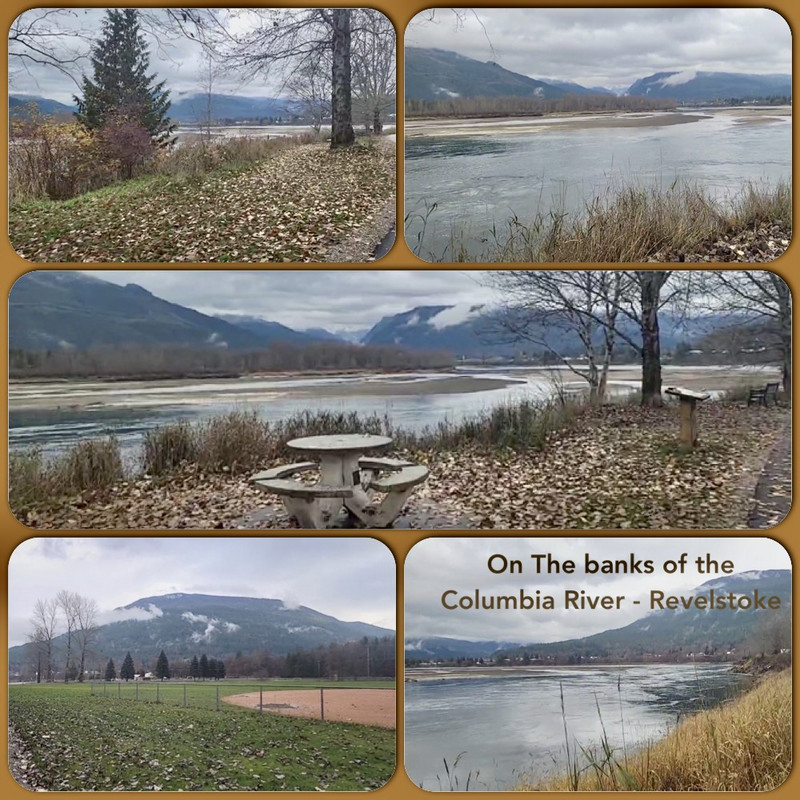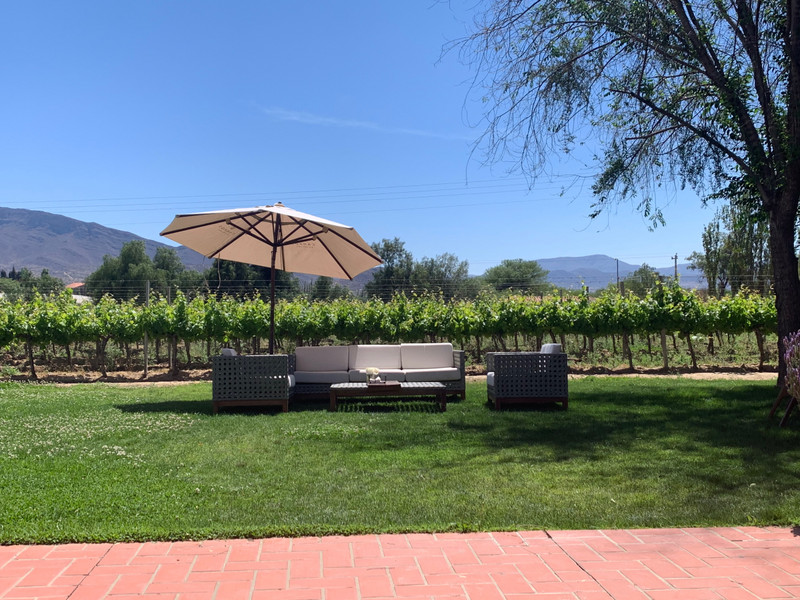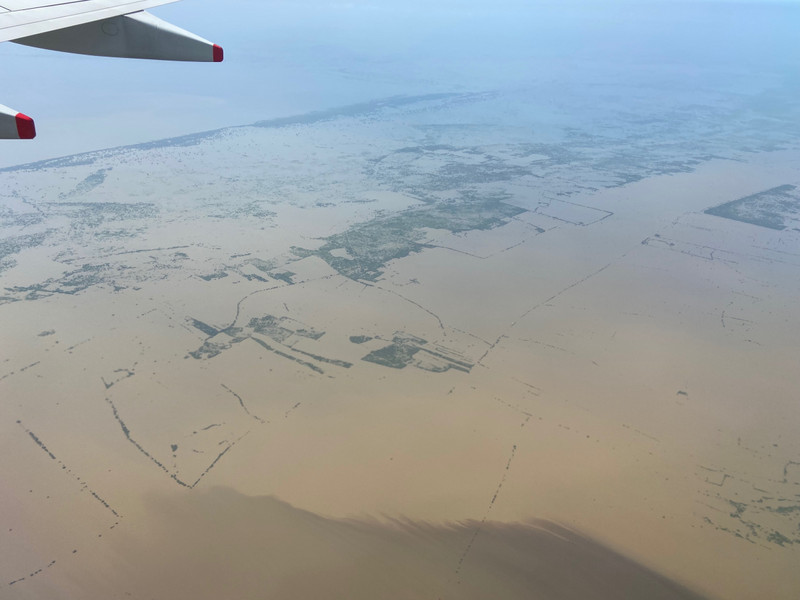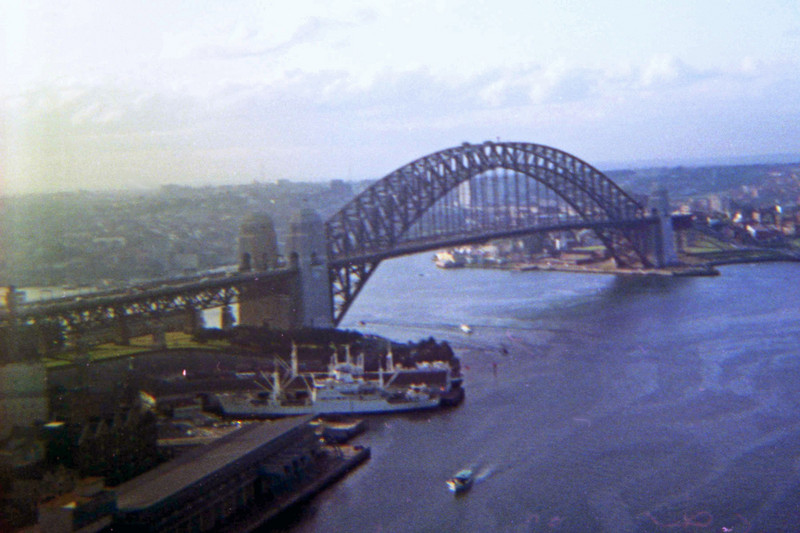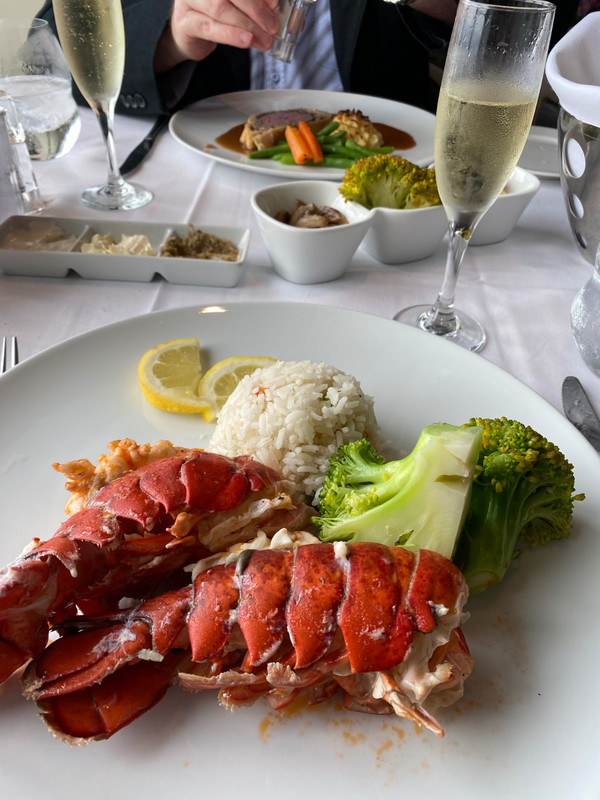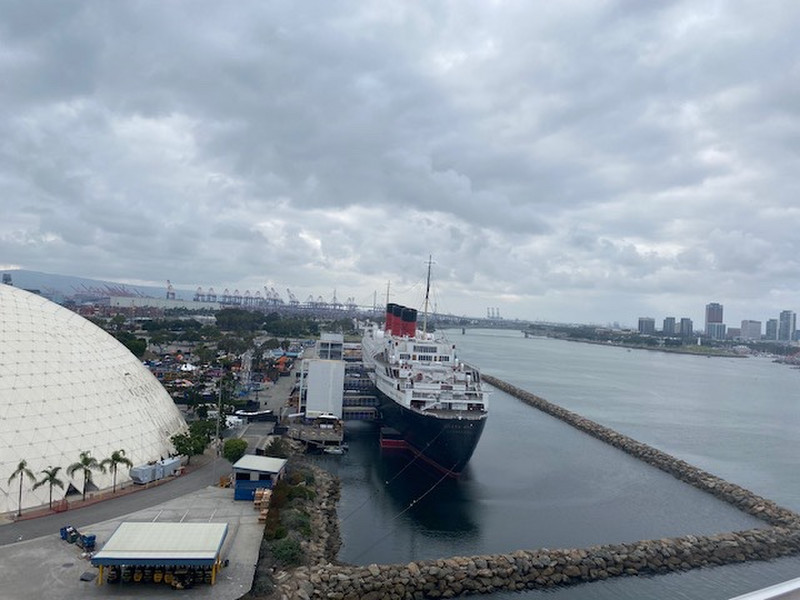1. Revelstoke - The town was built around the railway and Mr Farwell was the founder of the first settlement here. When Canadian Pacific rail found they had a disagreement over the cost of doing business in Farwell, they started their own town right next to Farwell and named it after Lord Revelstoke. The part of town nearest the highway is still known as Farwell.
On March 4th 1910, as workers were clearing avalanche debris from the railway lines in Rogers Pass, they were hit by a massive avalanche from the other side of the valley. The slide claimed the lives of 58 men, buried over 400 metres of track and knocked a and plow upside down.
The avalanche was Canadas deadliest and the tragedy was the start of the push to navigate Rogers Pass through a series of tunnels and snow sheds, making a safer route through the mountains. Leading to the world class avalanche prevention system we have now, using explosives and infrastructure to ensure the roads are as safe as possible.
Columbia River, the largest river flowing into the Pacific Ocean from North America. Exceeded in discharge on the continent only by the Mississippi,
The Red Bridge is one of three vehicle/highway bridges over the Thompson River. Originally built in 1887, the bridge was rebuilt in 1912 and again in 1936. There are still wood piers and wood pilings supporting the bridge and its approaches.
We passed Kamloops Heritage Railway Centre with an opportunity to snap a few photos through the fencing.
We walked alongside the South Thompson River that emerges from Shuswap Lake flowing northwesterly to Kamloops.
Over the pedestrian railway bridge into the main district of Kamloops with a mix of old and new buildings.
The Kamloops Board of Trade (Chamber of Commerce) wanted to promote Kamloops as the of the province. Board President A. Galloway headed an association of 300 Kamloops business people and members which raised $90,000 in shares to construct what they hoped would be the premier hotel in the province between New Westminister and Calgary.
The Kamloops Community Company built the Plaza Hotel in 1927. The grand opening was a gala affair with rooftop dining and dancing to the sound of a live band.
The hotel was designed in the popular with roof tiles, wrought iron railings, stucco siding, and arched windows and doors. One of the most popular features of the hotel was its roof top garden where live music, potted plants, wicker furniture, and dining and dancing were offered under the open sky.
3. Abbotsford - Due to a severe storm Pam was unable to drive to Vancouver today as part of her road trip, rather than cancel she gave an impromptu tour of the area she is staying in Abbotsford on the Canadian/US border.
Nestled in the Fraser Valley between the Coast Mountains to the north and the Cascades to the southeast, Abbotsford is the largest municipality in BC outside of Greater Vancouver.
White Rock lies southeast of Vancouver on the northern shore of Semiahmoo Bay, at the entrance to the Strait of Georgia. The city is named for a large white rock that, according to an Indigenous legend was thrown across the water from Vancouver Island by a sea gods son. The rock was used as a navigational aid by early mariners.
White Rock is a very popular destination in the summer. The Pier is over 1540 feet in length, its the longest pier in Canada.
A lovely surprise as a train passed by, it was very long, something we to expect when visiting Canada.
White Rocks other landmark has been the train station, built in 1912. Its transformation began in 1975 when the building was in the possession of the city. Befitting its historic status, the depot became home to the White Rock Museum and Archives. Local railway history is one of the Museums core themes, represented in the original ticket office, which has been restored to its
Pam strolled along the promenade, crossed over the railway line onto the pebbly beach where we all listened to the waves as they lapped the shore.
